Mr. Ta Duc Minh - Commercial Counselor, Vietnam Trade Office in Japan - Photo: HUU HANH
Every time he goes to the supermarket in Japan, Mr. Ta Duc Minh - Commercial Counselor, Vietnam Trade Office in Japan - has a habit of observing what local consumers choose to buy.
He jokingly calls this habit an "occupational disease", but from there he has noticed a remarkable signal: More and more Japanese people are choosing to buy pho, vermicelli, glass noodles, and instant noodles originating from Vietnam. This trend is becoming more evident in the context of rising rice prices in this country.
Recently, Vietnamese fish sauce, a condiment that seems difficult to integrate into Japanese culinary culture, has also begun to appear in more than 50 local restaurants, in a cooperation program between the Vietnam Trade Office and a Japanese restaurant chain.
The two stories of rice and fish sauce are clear evidence of the potential for Vietnamese agricultural products and processed foods to penetrate the Japanese market, if they are associated with cultural values and a methodical communication strategy.
Why is there little Vietnamese rice in Japan?
Rice is displayed on Japanese supermarket shelves - Photo: Vietnamese Embassy in Japan
Talking to Tuoi Tre Online , Mr. Ta Duc Minh said:
Since 2024, retail rice prices in Japanese supermarkets have increased. A survey in some supermarkets recorded that the price of a 5kg bag of rice has increased to more than 4,000 Japanese yen, equivalent to about 700,000 VND. In that context, many Japanese businesses and retail systems have begun to pay attention to Vietnamese rice.
Two years ago, the Trade Office coordinated with a number of units to introduce rice varieties such as ST25 or Japonica from Vietnam. However, accessing the Japanese market is not easy, because this country has many strict regulations to protect domestic agricultural production.
* What specific strict regulations are you referring to?
- According to its commitment to the World Trade Organization (WTO), Japan allows the import of about 770,000 tons of rice each year without imposing tariffs. However, only about 100,000 tons of this is distributed to the private sector for direct consumption, the rest is mainly used in food processing or as animal feed.
For rice that exceeds the quota, Japan applies very high import tariffs to protect domestic farmers. Specifically, the current tariff is 341 yen (about 2.40 USD) for each kilogram of rice imported outside the quota system.
Vietnam is not a country that enjoys this quota policy, nor is it in the group of countries that enjoy preferential tariffs under agreements such as the WTO or CPTPP. However, in the context of the recent increase in domestic rice prices in Japan, the Japanese government has just allowed rice imports in the normal form, but subject to a maximum tax of 341 yen/kg.
To put this into perspective, the tax rate for 10kg of rice outside the quota was previously only about 2,000 yen (200 yen/kg). If imported at a tax rate of 341 yen, it would be very difficult to compete in the market. Therefore, for many years, Vietnamese rice was almost absent from Japanese supermarket shelves.
* In addition to tax and quota barriers, what non-tariff barriers make it difficult for Vietnamese rice to enter Japan?
Another example is Vietnamese fish sauce. Recently, the Trade Office has cooperated with a chain of more than 1,000 rice shops in Japan to test putting Vietnamese fish sauce on the menu at the first 50 shops. This is a remarkable success, because putting a foreign spice into Japanese cuisine is very difficult, requiring long-term efforts in communication, quality and perseverance in changing consumer habits.
Ta Duc Minh
- Japan requires very strict inspection. The basic criteria for rice alone have about 250 indicators, not to mention many other technical standards. They do not announce specific banned substances in advance, but randomly test each product sample.
If any index is found to exceed the threshold, the shipment will be refused import. This is a technical barrier that is not easy to overcome, requiring Vietnamese businesses to strictly control quality right from the production and post-harvest processing stages.
* In such a context, is the Japanese market becoming more "open" to Vietnamese rice?
- There are positive signs. Many Japanese importers and retailers are looking to the Vietnam Trade Office as a connection channel to approach Vietnamese exporters. A month ago, we brought a delegation of Japanese supermarket businesses to Vietnam and the two sides signed a contract to bring Vietnamese rice to the Japanese market.
Recently, Japanese companies have also expressed interest in organic rice products. They pay special attention to Vietnam's ecological production models, such as the rice-shrimp model, which is quite similar to Japan's rice-duck model, where ducks are raised to eat shrimp and fish in rice fields, without using chemicals in the growing area.
Vietnamese agricultural products need more than one season.
Poster introducing the dish “Vietnamese-style broken rice with pork and rice”, with the main ingredient being traditional fish sauce. - Photo: Embassy of Vietnam in Japan
* What other opportunities are there for Vietnamese agricultural products, sir?
- Reality shows that Japanese consumers really love fresh fruits such as lychee, longan, dragon fruit, mango, banana, durian..., which are Vietnam's strengths.
However, Vietnamese agricultural products are often seasonal, such as lychees, which are only harvested for one month, resulting in limited supply. From a Trade perspective, we always recommend that domestic enterprises create added value after harvest through deep processing. Not only exporting fresh fruit, but also developing product lines such as dried mango, dried dragon fruit, bottled lychee juice, etc.
The same goes for rice, in addition to raw products, it is necessary to aim to process it into vermicelli, rice noodles, pho, and instant noodles to make it easier to reach Japanese consumers. A typical example to spread the value of Vietnamese products and brands abroad is the Vietnamese Pho Festival in Tokyo organized by Tuoi Tre newspaper.
* Passing technical standards is not enough, what else does a business need to prepare?
- Many products sell well in Vietnam, the US or Europe but cannot be sold to Japan because they do not meet very specific standards regarding additives and preservatives. Therefore, many businesses must have their own production lines for products entering this market.
In addition to overcoming technical barriers, businesses need to invest in post-harvest preservation technology, cold storage to ensure stable quality and especially product packaging.
In Japan, packaging not only needs to be beautiful and eye-catching to make consumers want to buy, but also needs to clearly show information: ingredients, allergy potential, origin... They even change packaging according to the season, according to holidays such as Christmas or spring cherry blossoms...
* What changes in perception and consumption has the Pho Festival created in Japan?
- The Vietnam Pho Festival in Japan in 2023, organized by Tuoi Tre newspaper , contributed to strongly conveying the image of Vietnamese cuisine to the Japanese people. Many Japanese people who ate "original" Vietnamese pho for the first time were very excited and this stimulated them to look for similar packaged products in supermarkets.
This event has contributed to bringing the image of Vietnamese products closer to Japanese consumers, not only through taste, but also through brand stories and culture.
Tuoitre.vn
Source: https://tuoitre.vn/gao-nuoc-mam-viet-tro-thanh-san-pham-gia-vi-moi-tren-ban-an-nhat-20250528170606928.htm



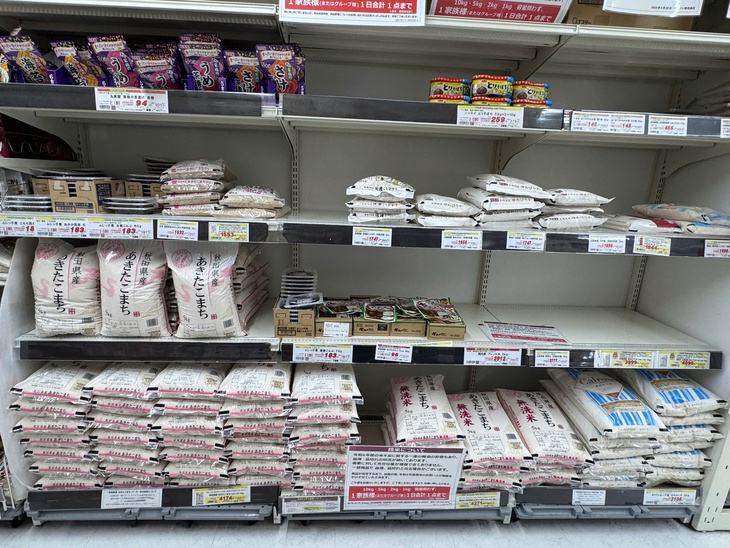
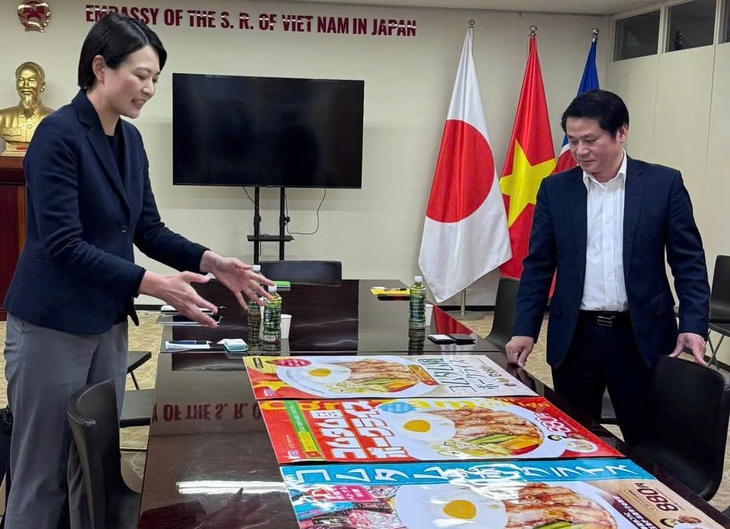

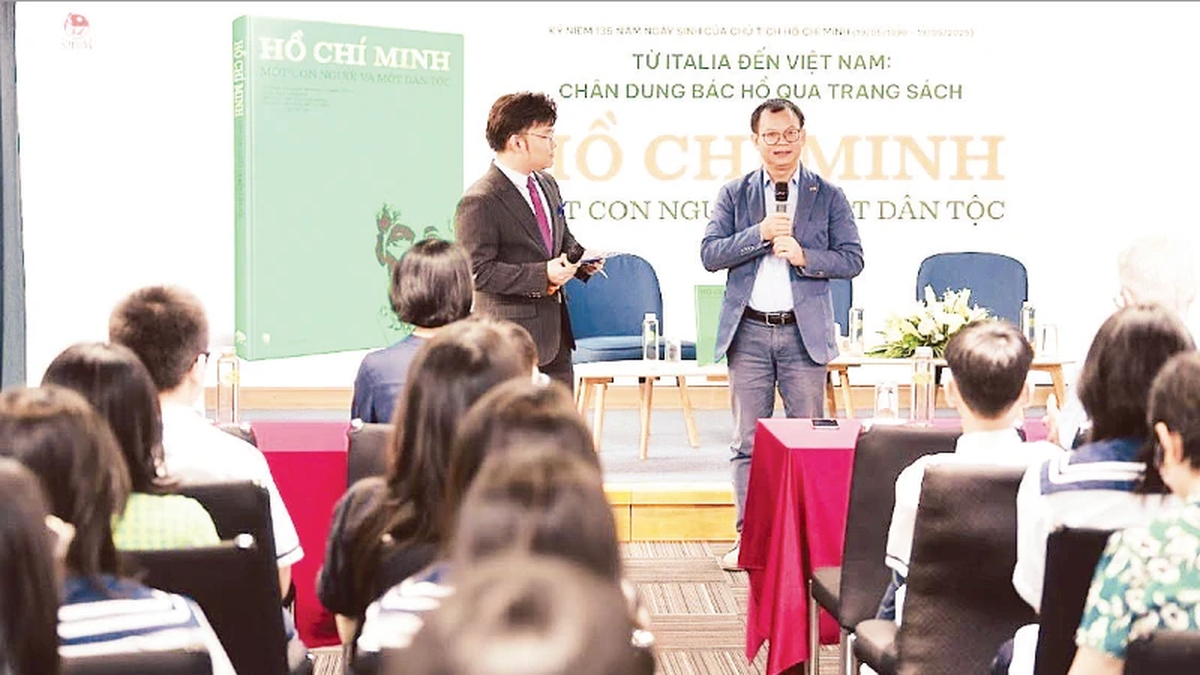
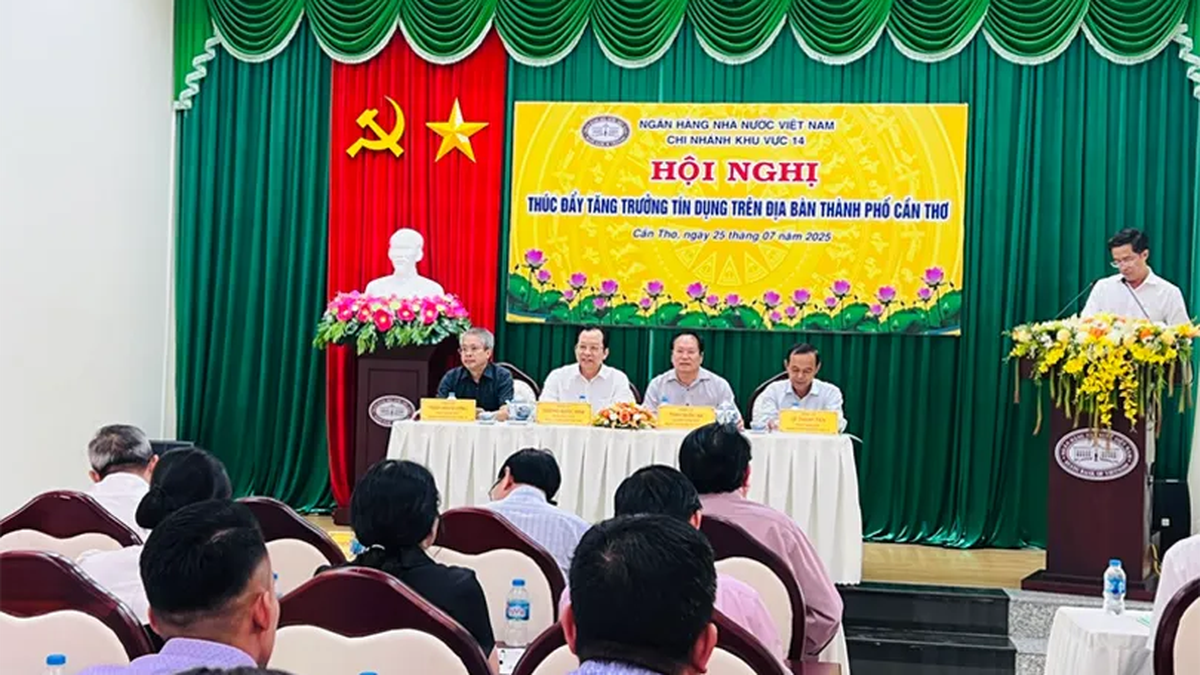
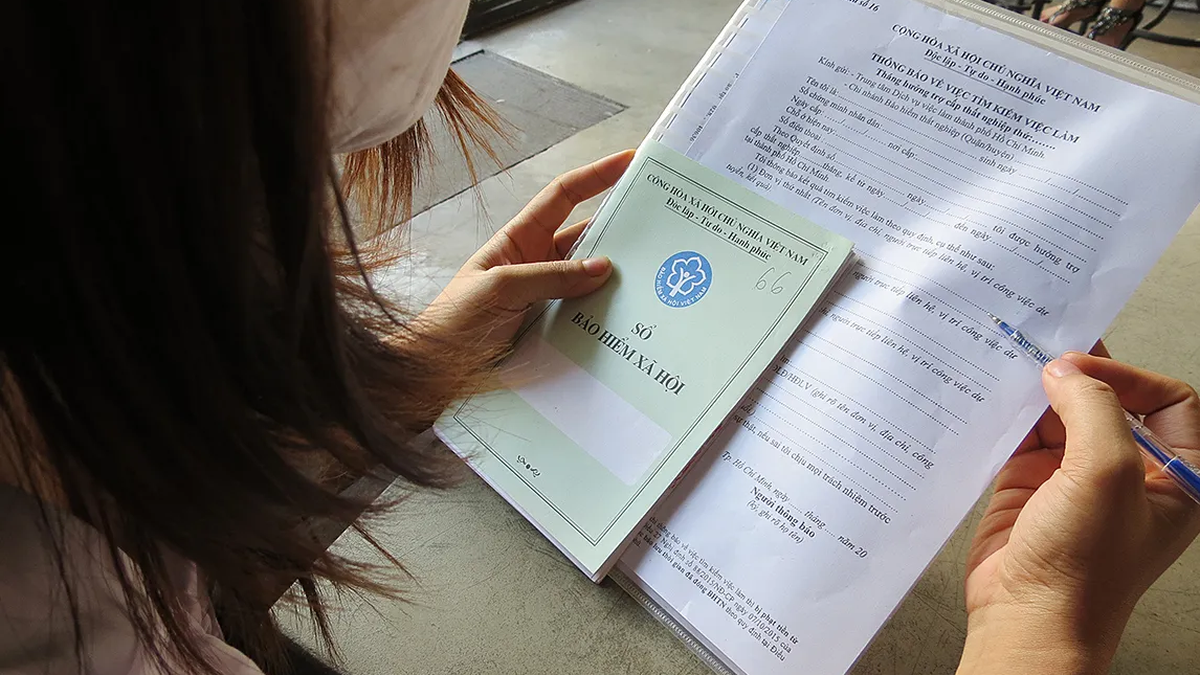
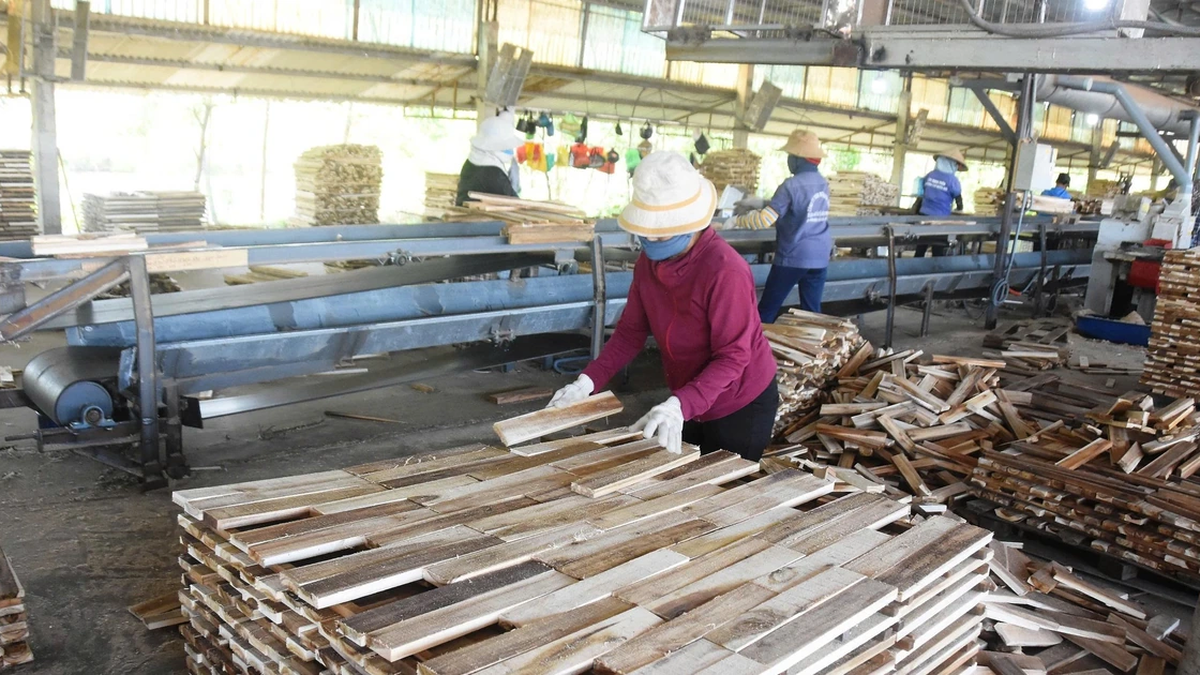


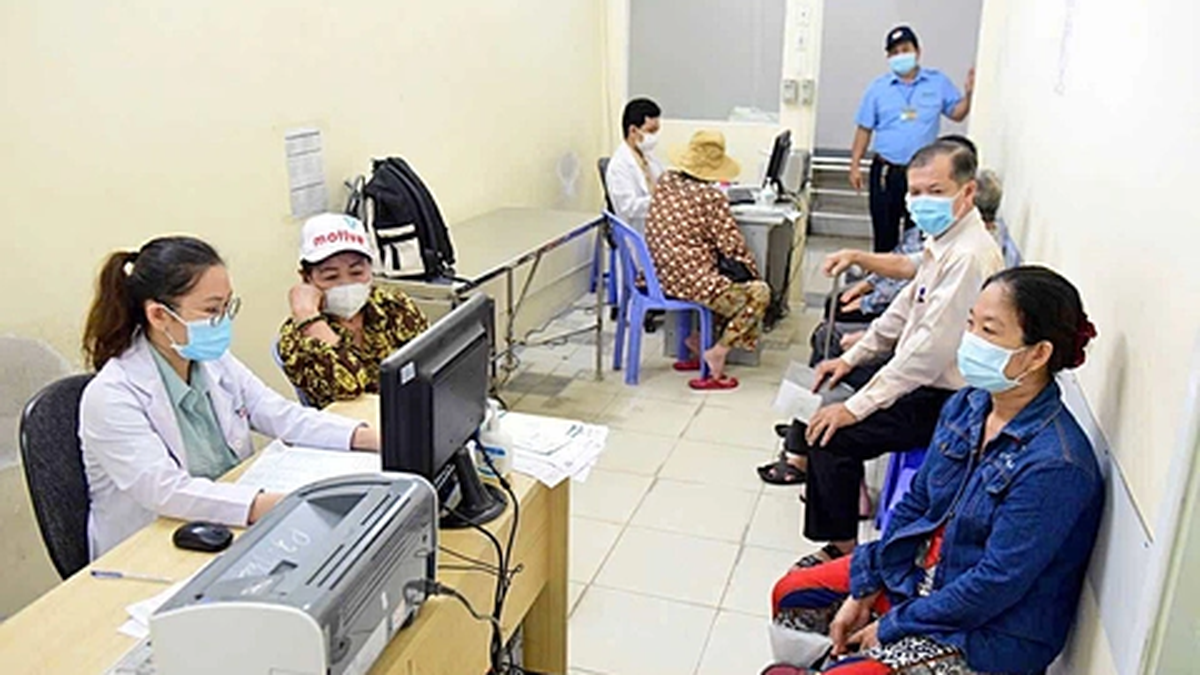
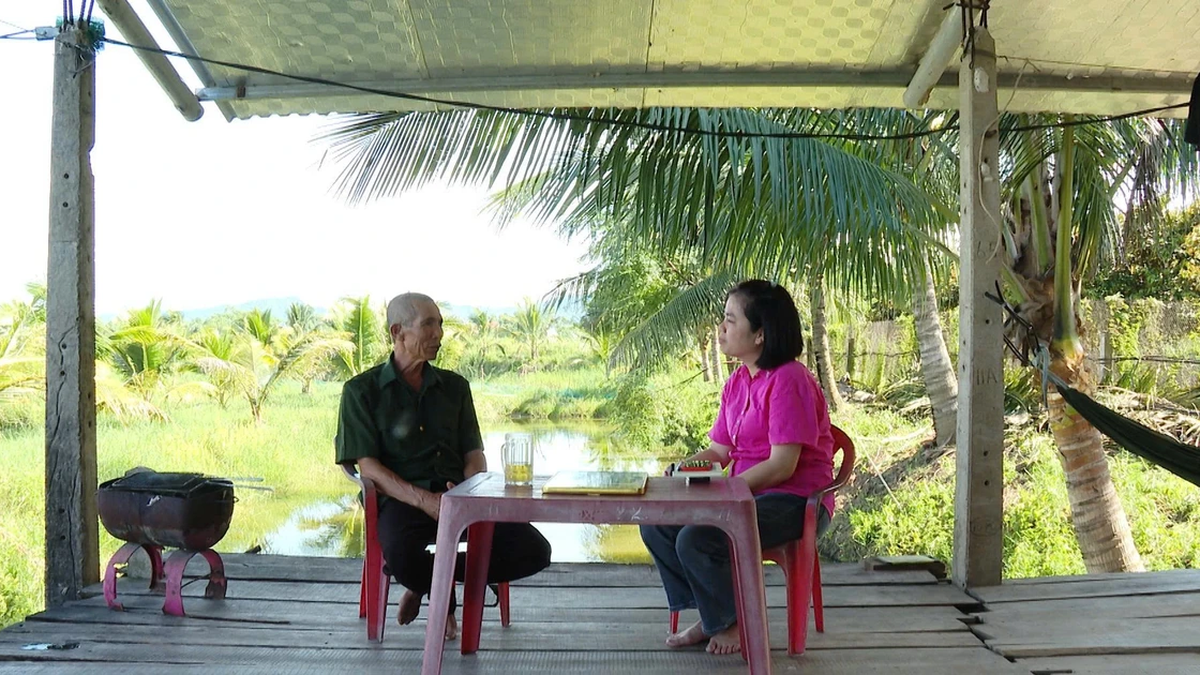
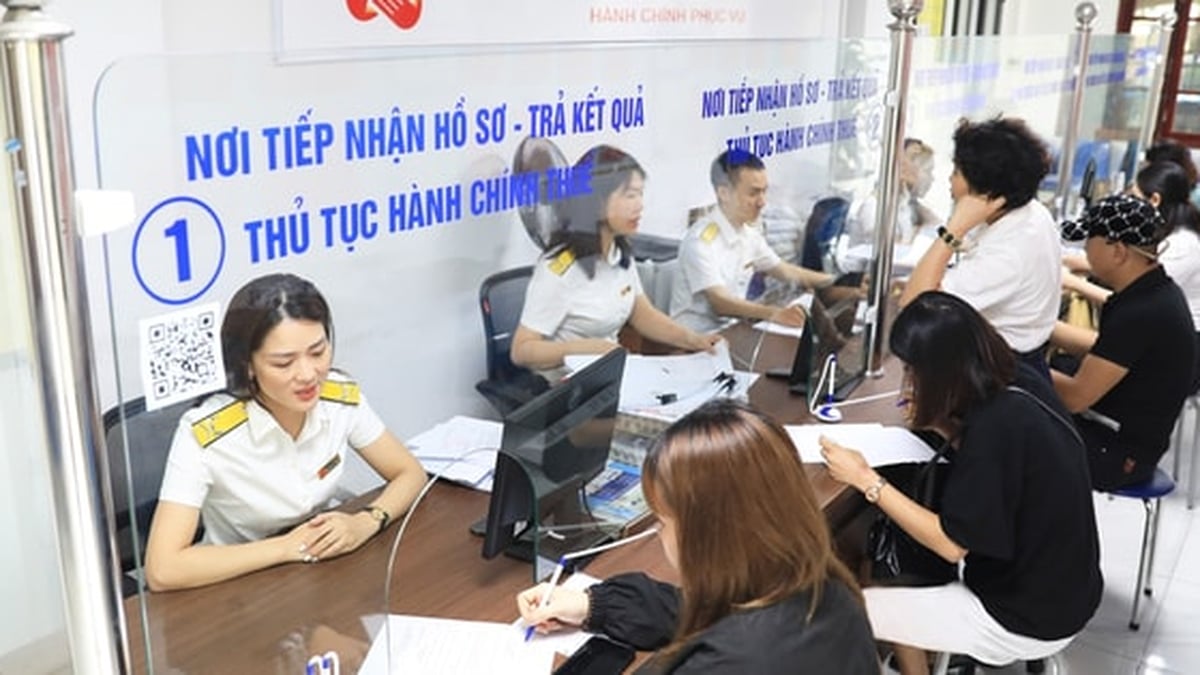











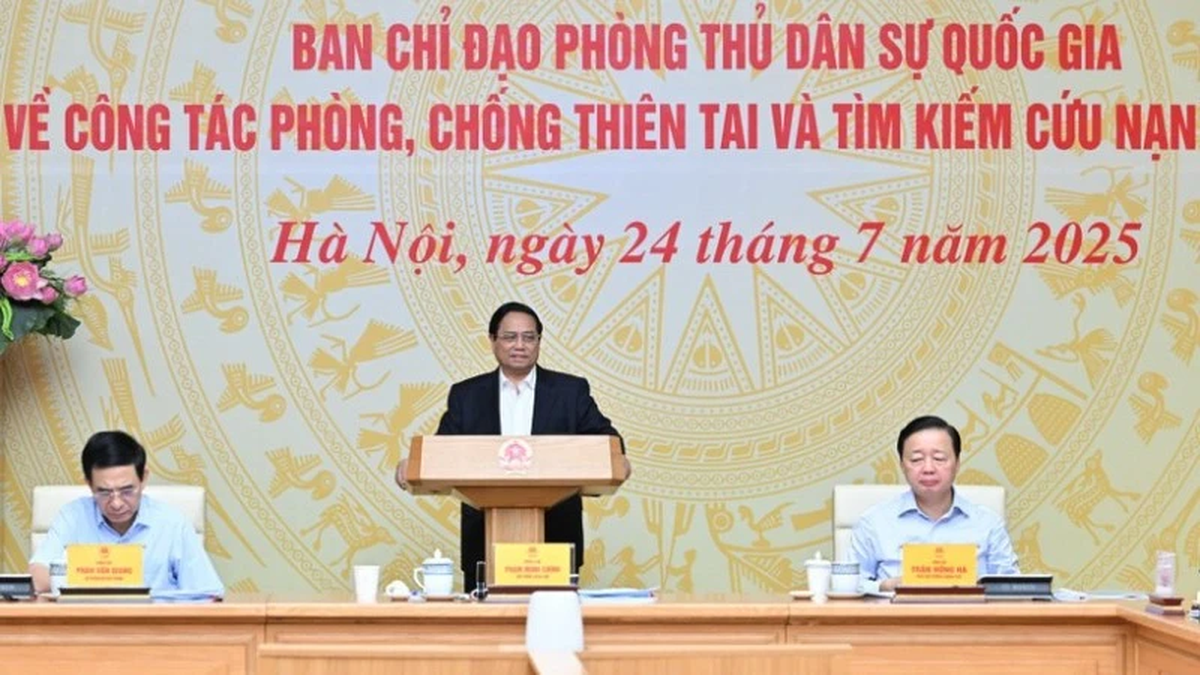

![[Photo] Signing of cooperation between ministries, branches and localities of Vietnam and Senegal](https://vphoto.vietnam.vn/thumb/1200x675/vietnam/resource/IMAGE/2025/7/24/6147c654b0ae4f2793188e982e272651)
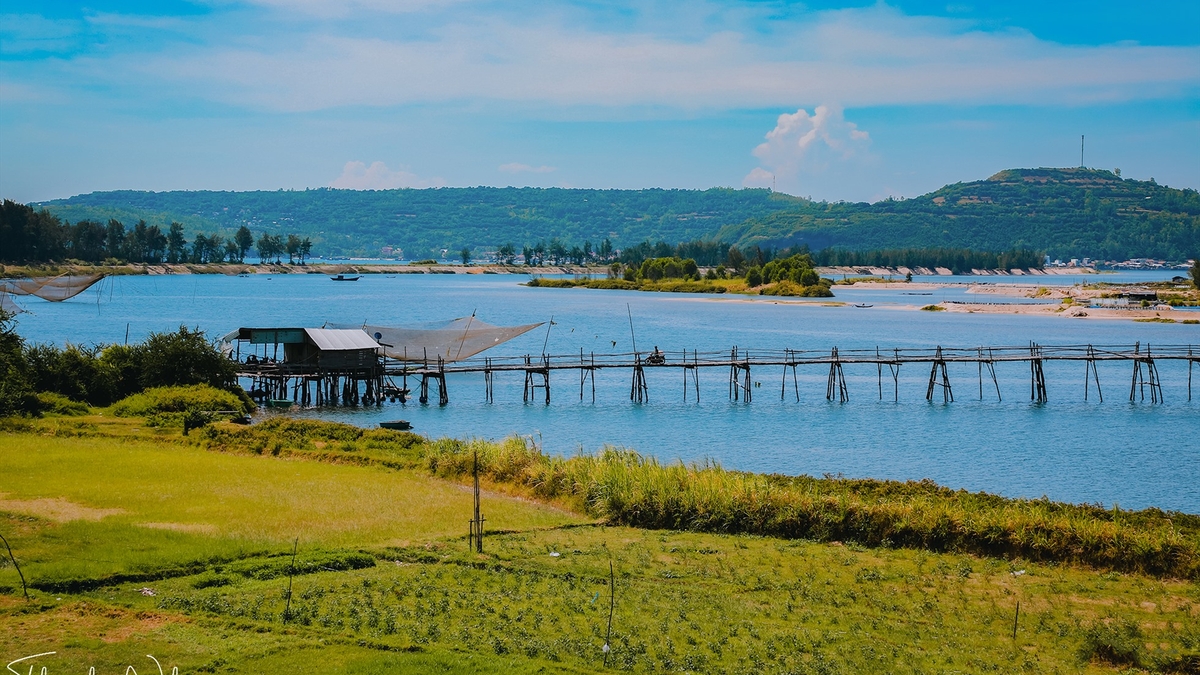







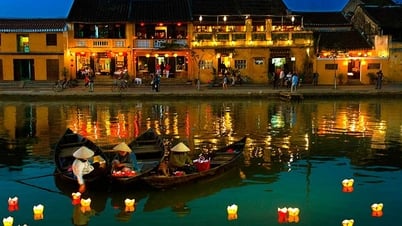






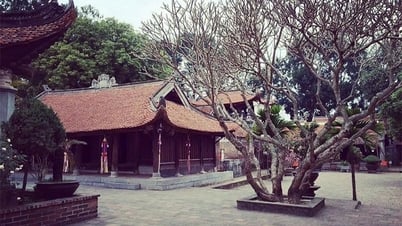

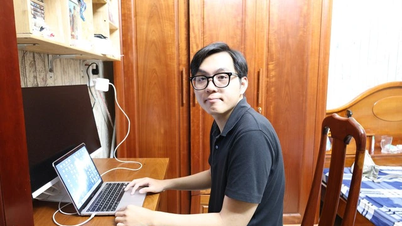




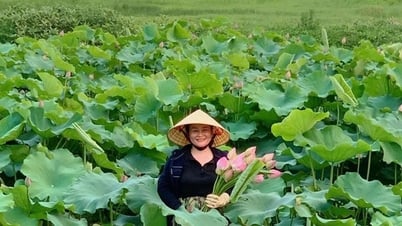






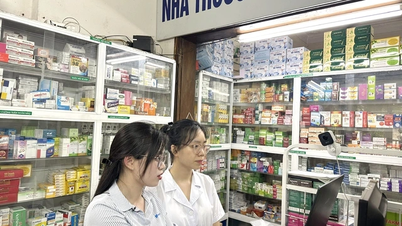
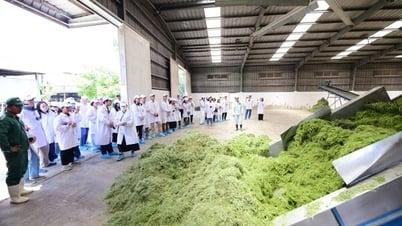





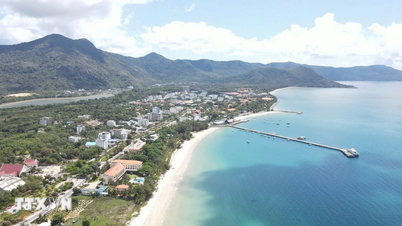
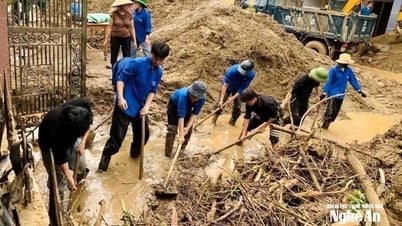





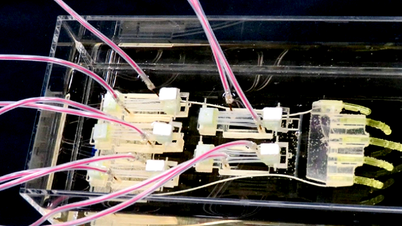
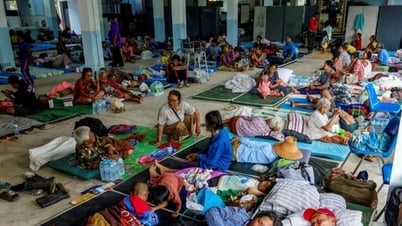



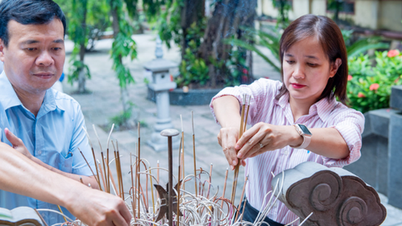


















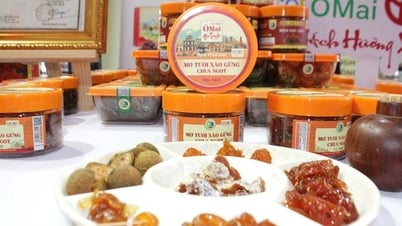

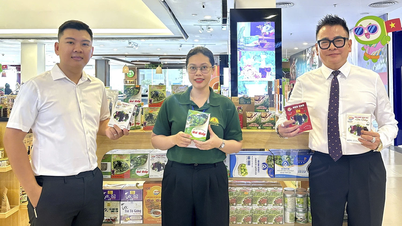

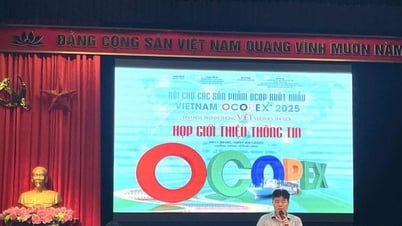

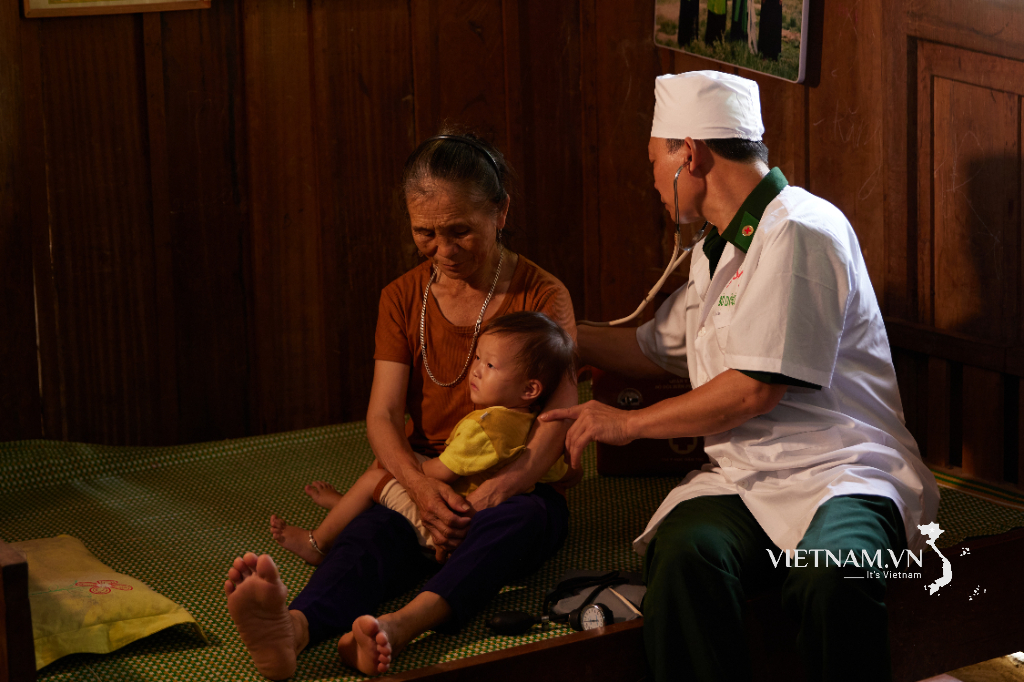


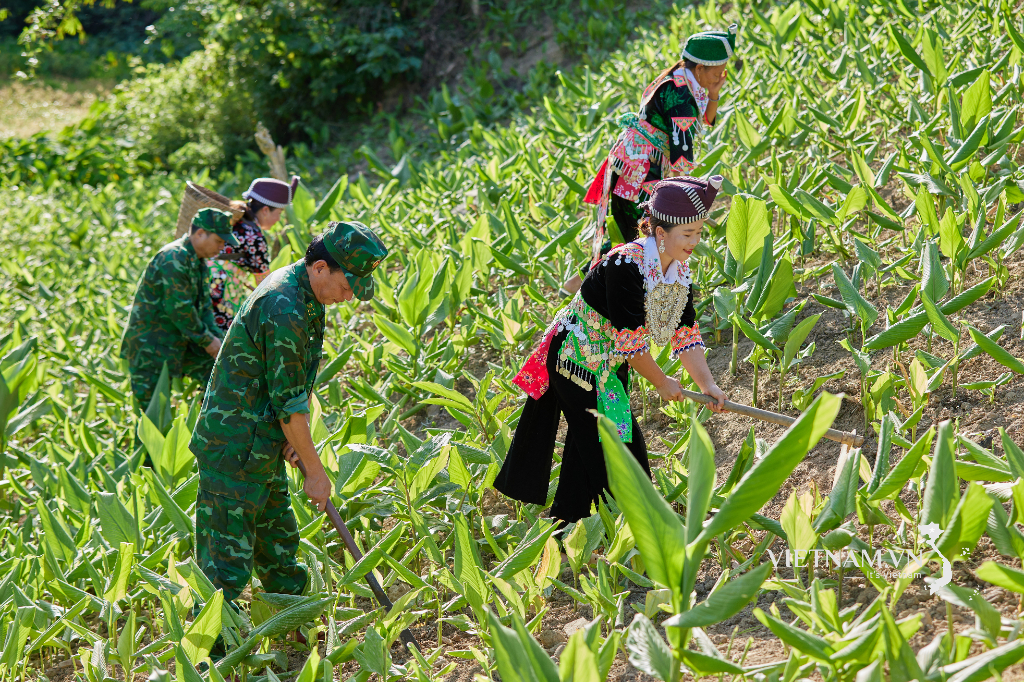
Comment (0)